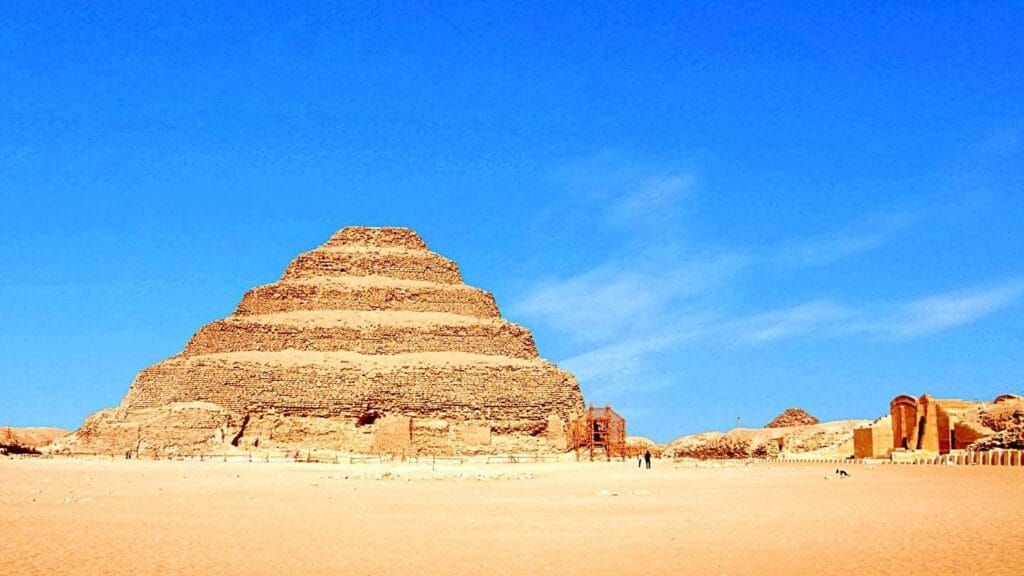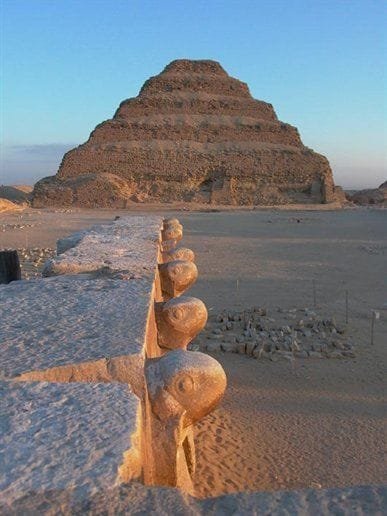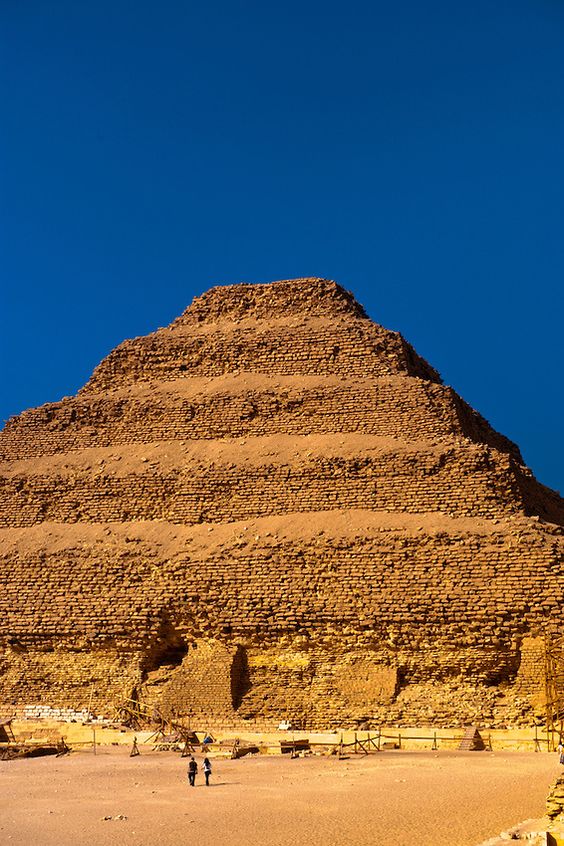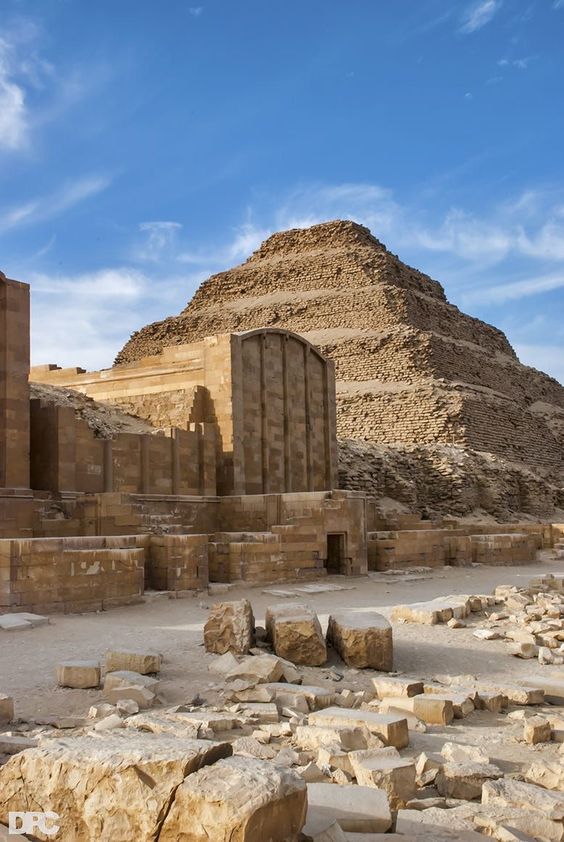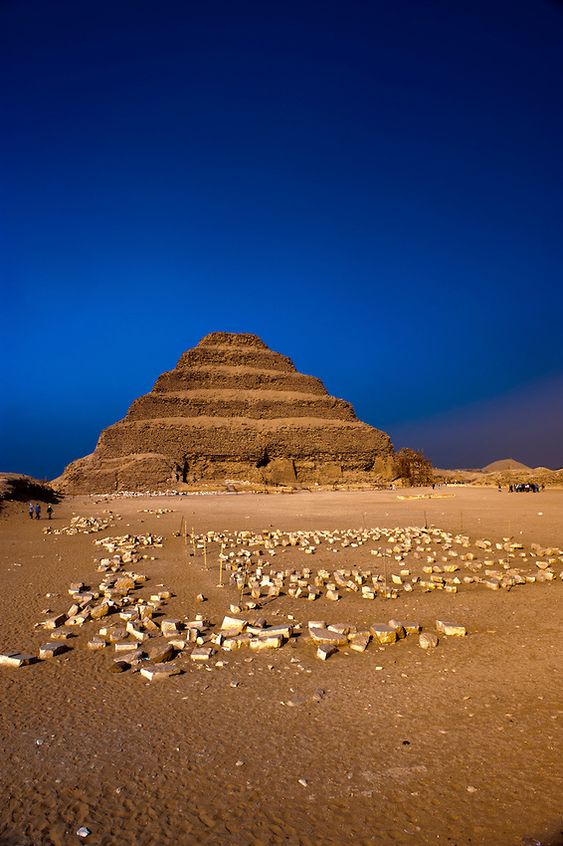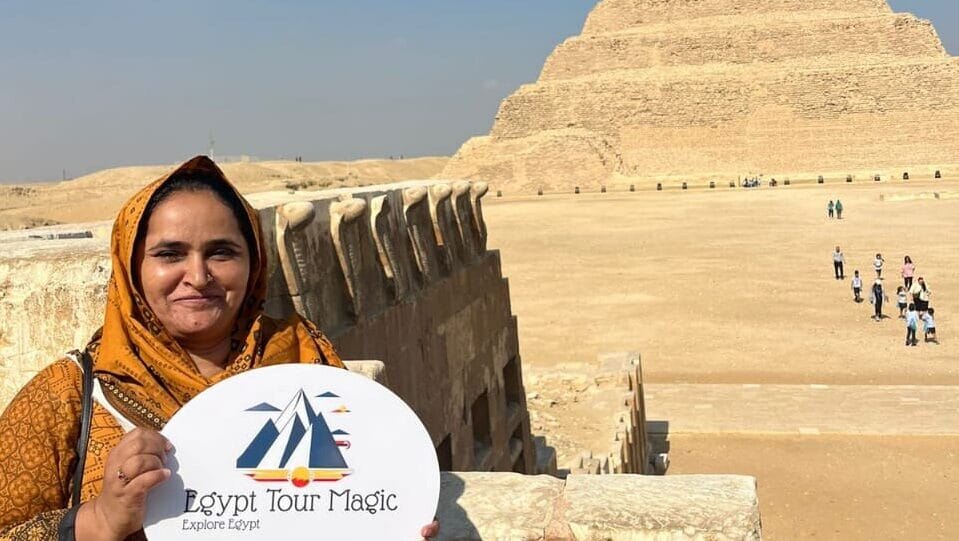Saqqara, located on the west bank of the Nile River near Cairo, stands as one of Egypt’s most significant archaeological sites. This sprawling necropolis was once the burial ground for the ancient capital city of Memphis and served as a sacred place where Egypt’s elite and royalty were interred. Covering an area of approximately 7 kilometers in length, Saqqara holds hundreds of tombs, pyramids, and other monumental structures that date back to various periods in Egyptian history. The site’s archaeological importance is profound, as it provides key insights into Egypt’s religious, architectural, and cultural development. The most famous and revolutionary structure in Saqqara is the Step Pyramid of Djoser, marking a critical transition in Egyptian architecture from mastaba tombs to monumental pyramid complexes. The rich history embedded in Saqqara is not only a testament to the grandeur of ancient Egypt but also serves as a crucial resource for scholars studying Egyptology. Today, Saqqara remains a focal point of excavation and research, offering an ongoing glimpse into one of the world’s most fascinating ancient civilizations. Visitors from around the world flock to Saqqara to explore its awe-inspiring monuments and uncover its hidden treasures.
Egypt Tour Magic
Each tour type can be adjusted in terms of duration, activities, and accommodations to best meet the needs and interests of your clients.
About Us
Embark on a journey with Egypt Tour Magic and discover the magic of Egypt like never before …
Our Services
Discover the magic of Egypt with Egypt Tour Magic, where every detail is taken care of to ensure..
Our Team
At Egypt Tour Magic, our dedicated team is passionate about creating unforgettable travel experiences....
Refund and Returns Policy
At Egypt Tour Magic, we strive to provide exceptional travel experiences. However ..
Contact Us
We’re here to help you with any questions or to assist you in planning your next ..
Egypt Tour Magic
Explore More About Us


